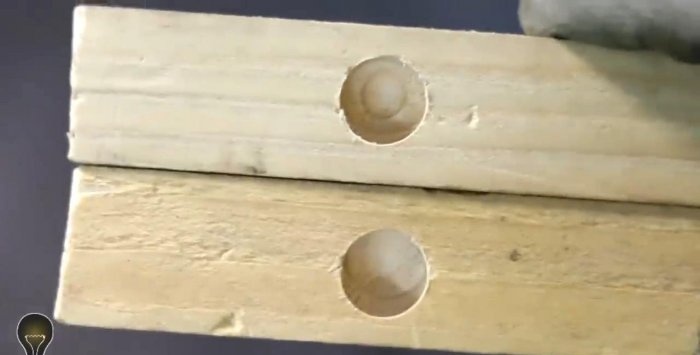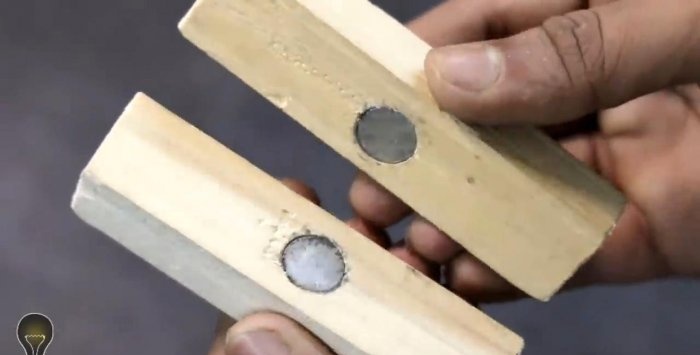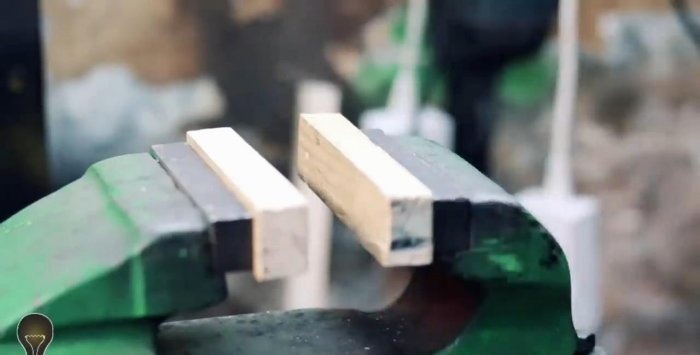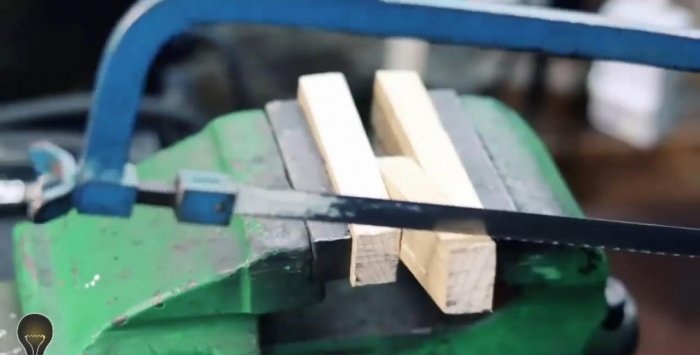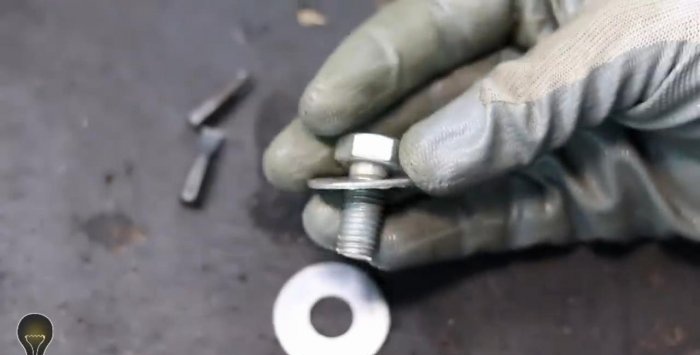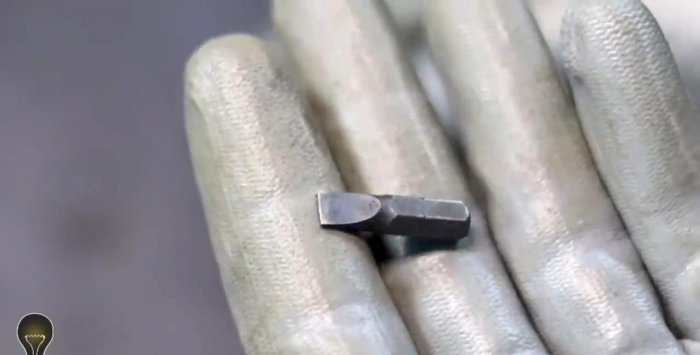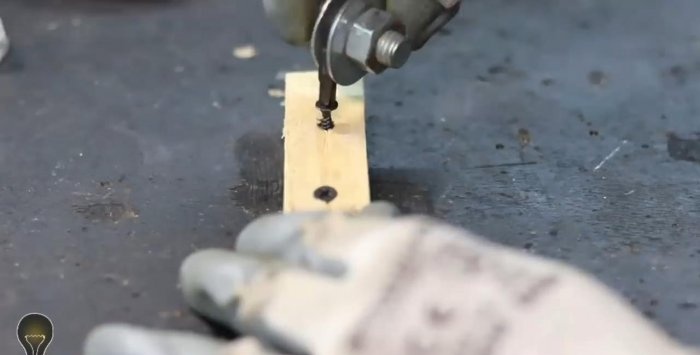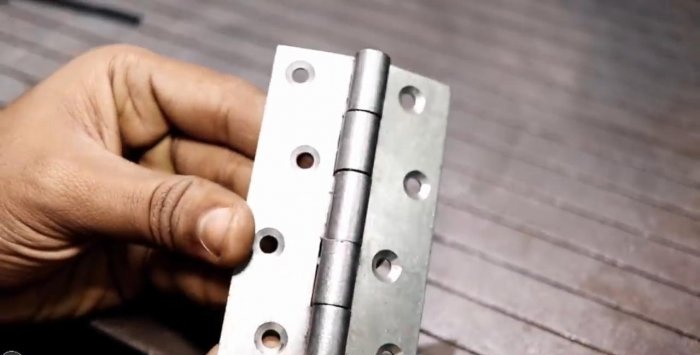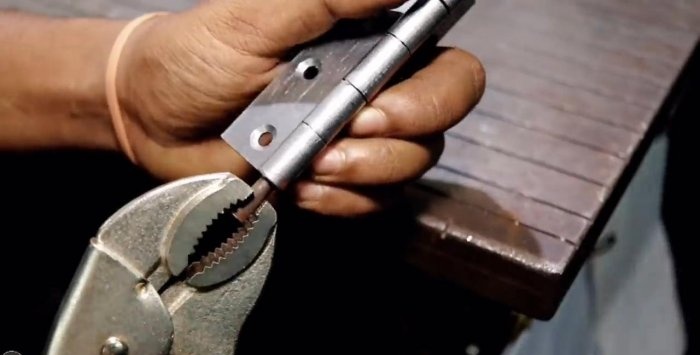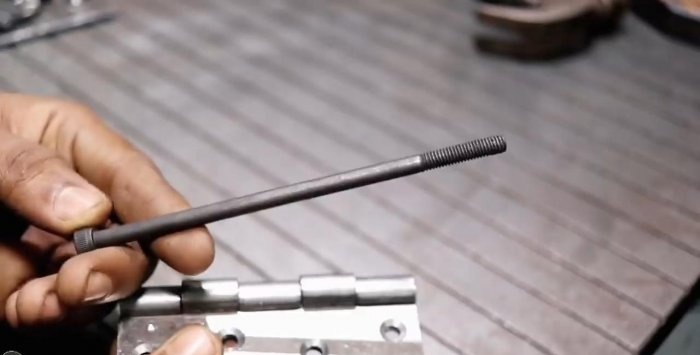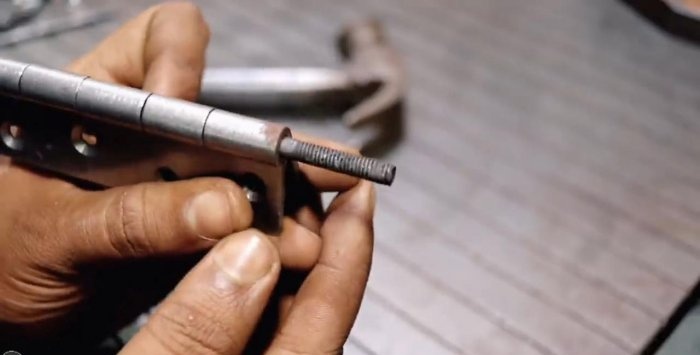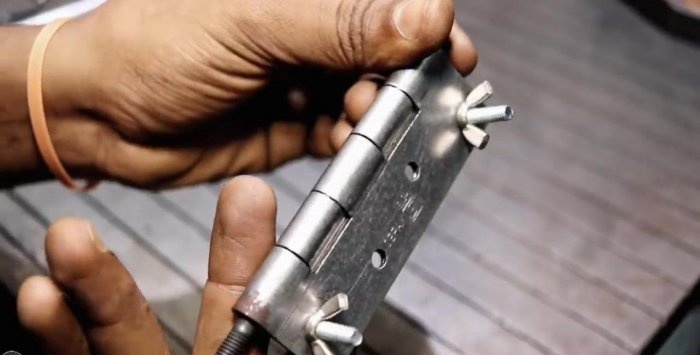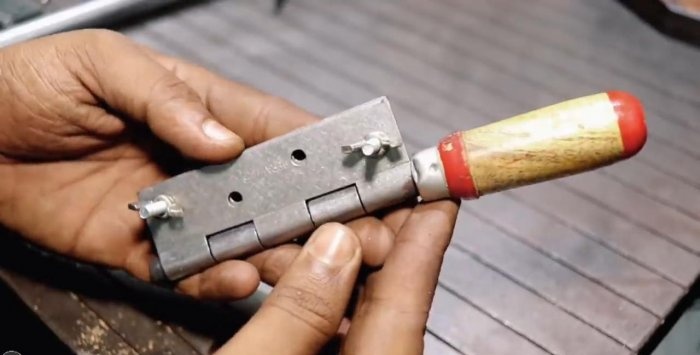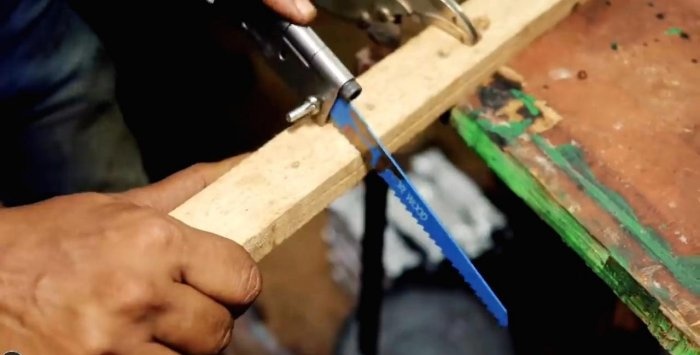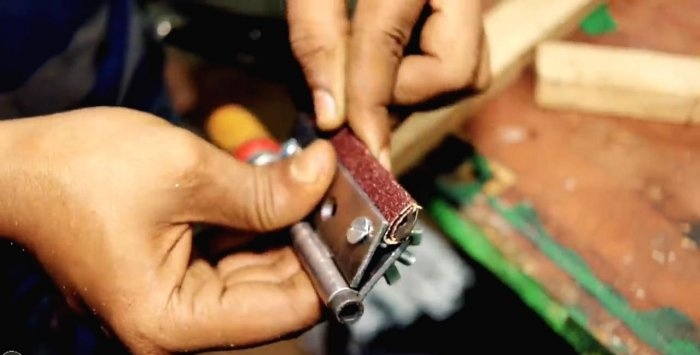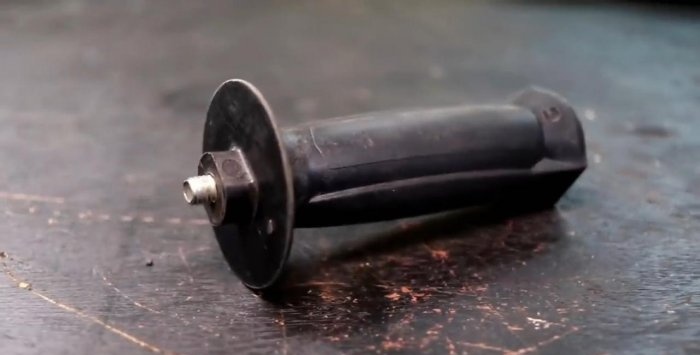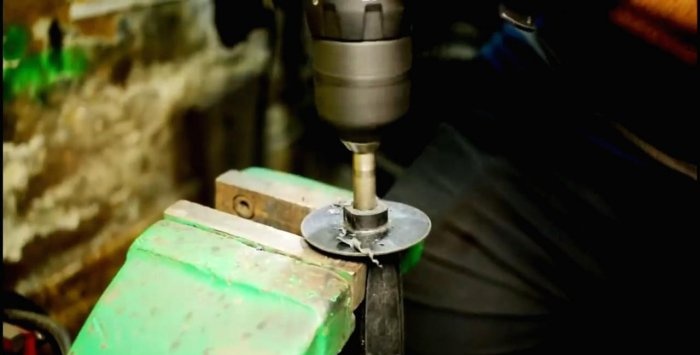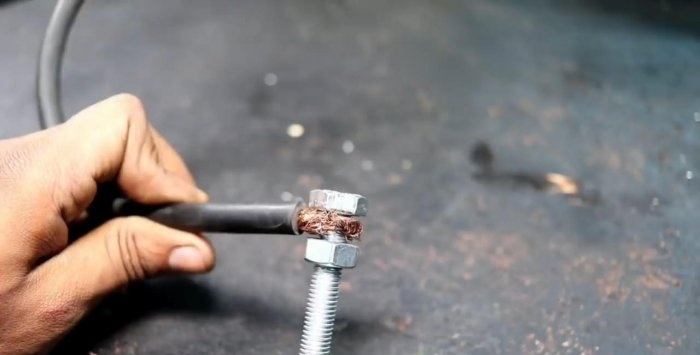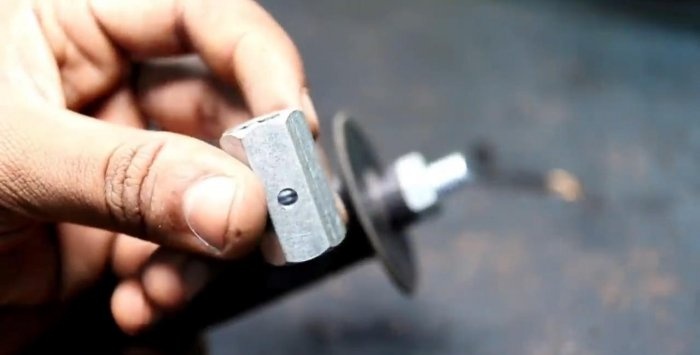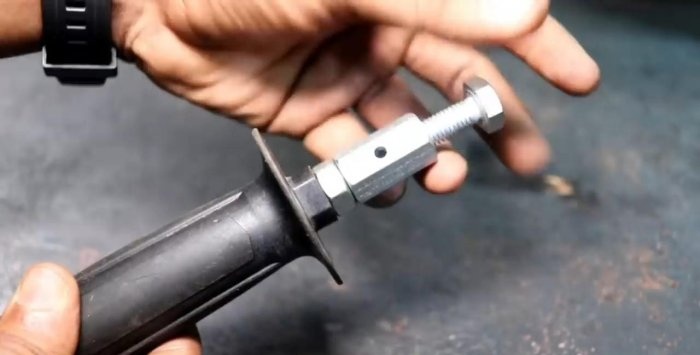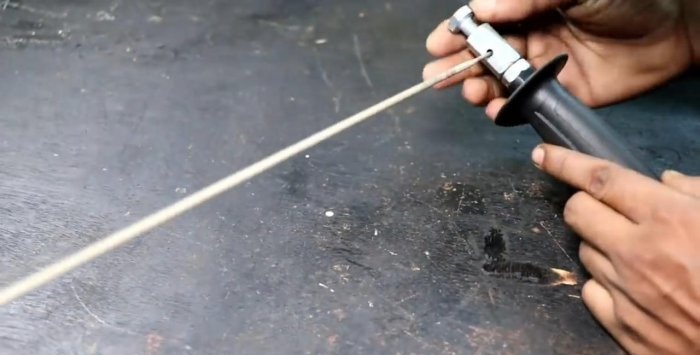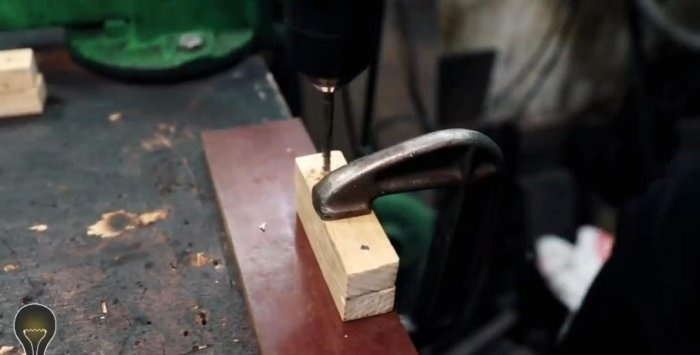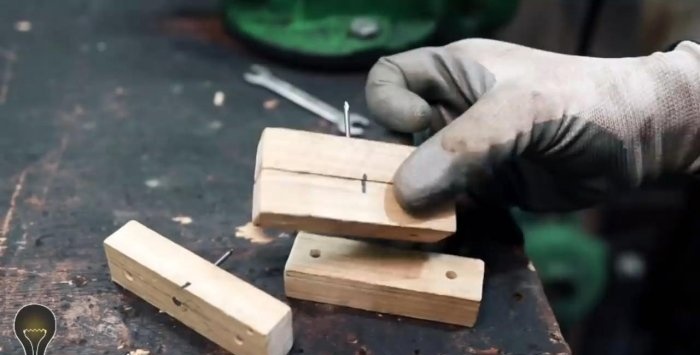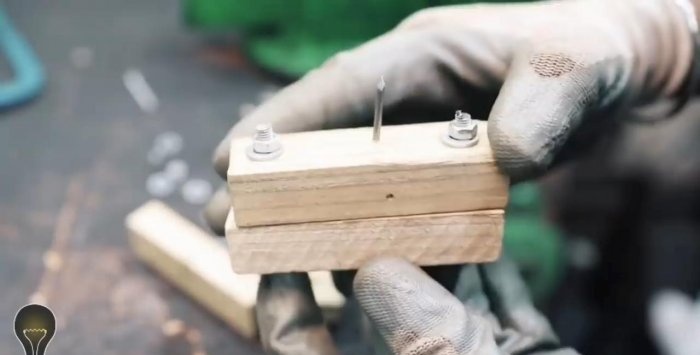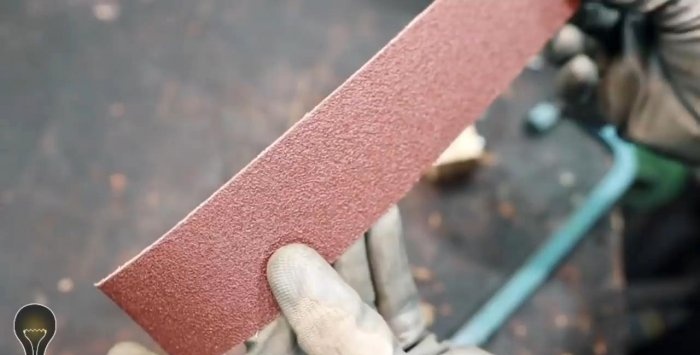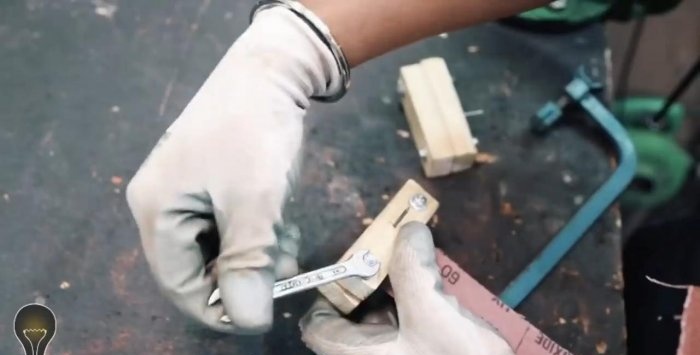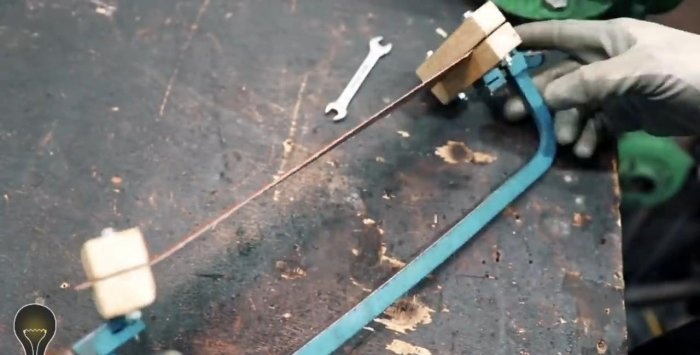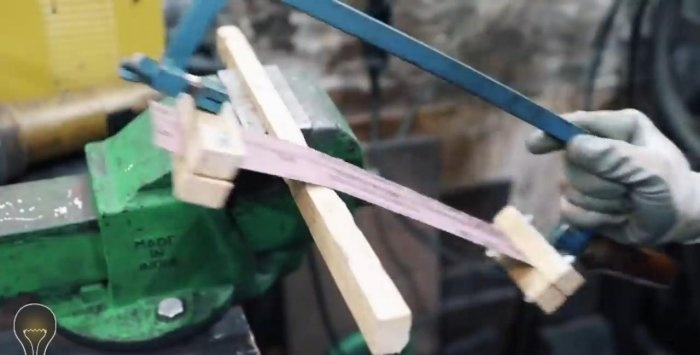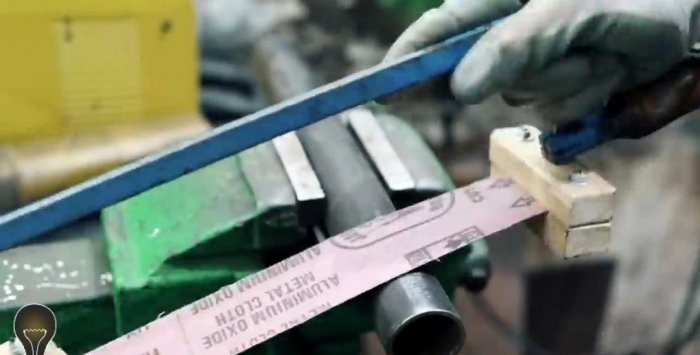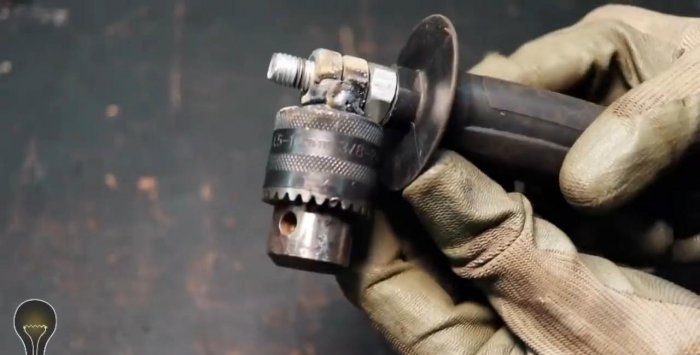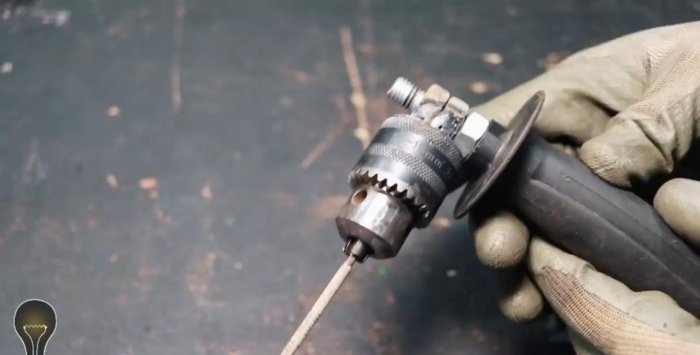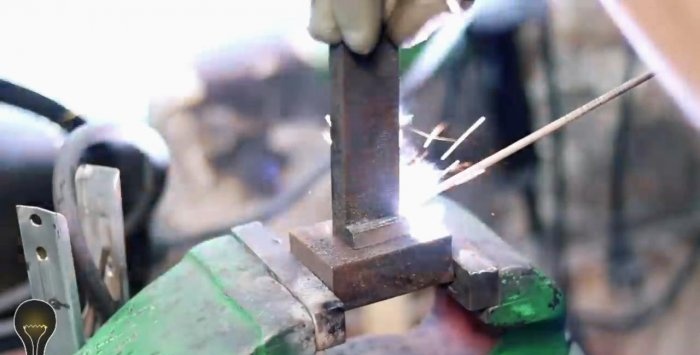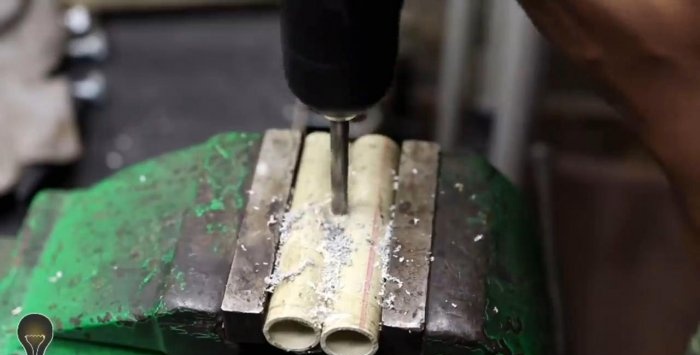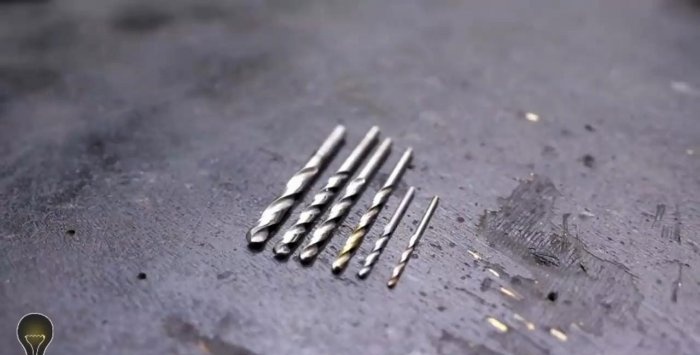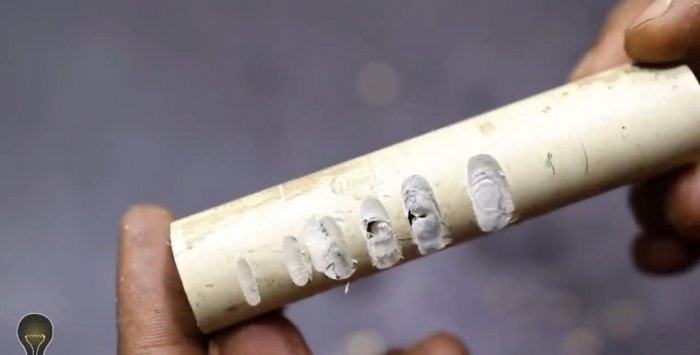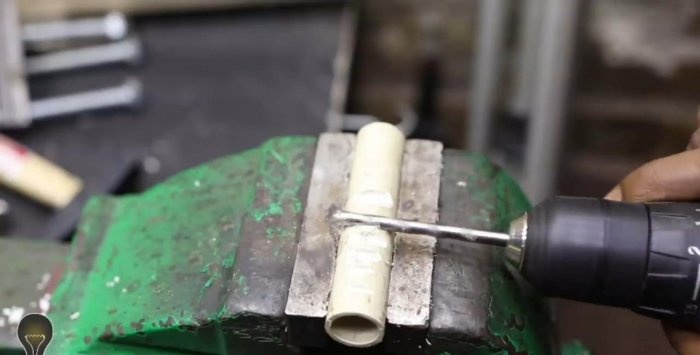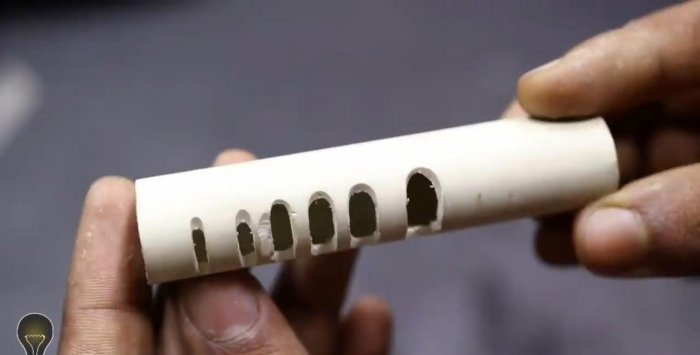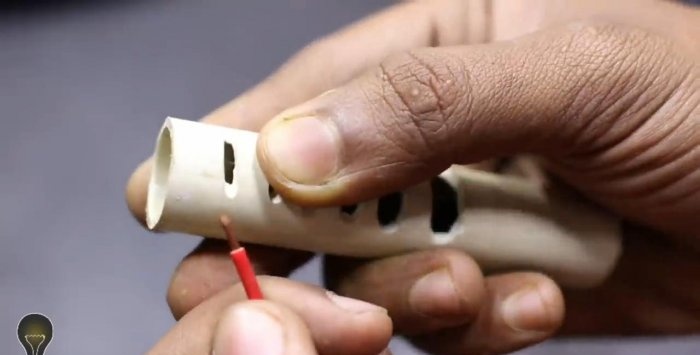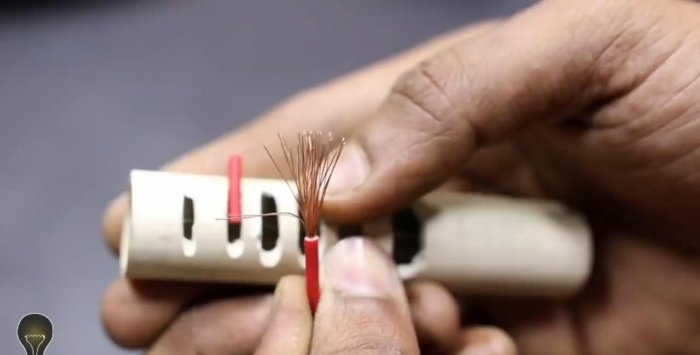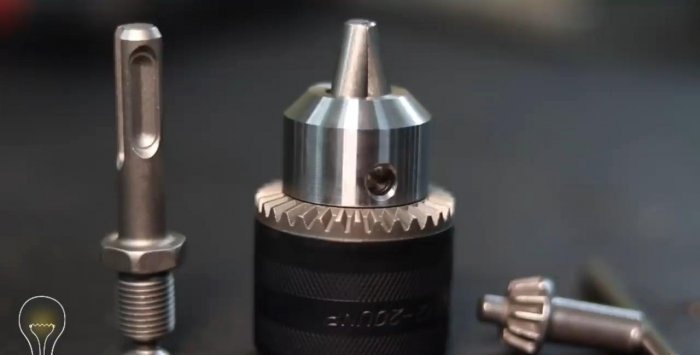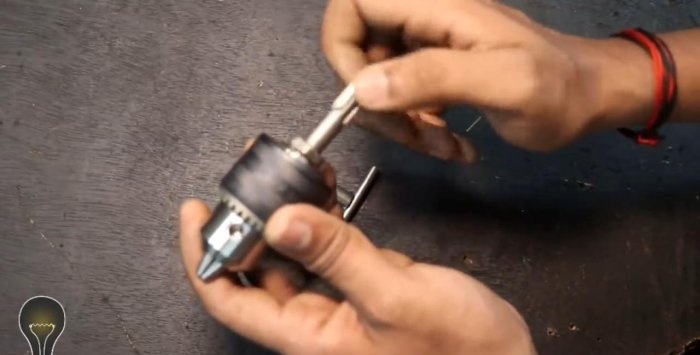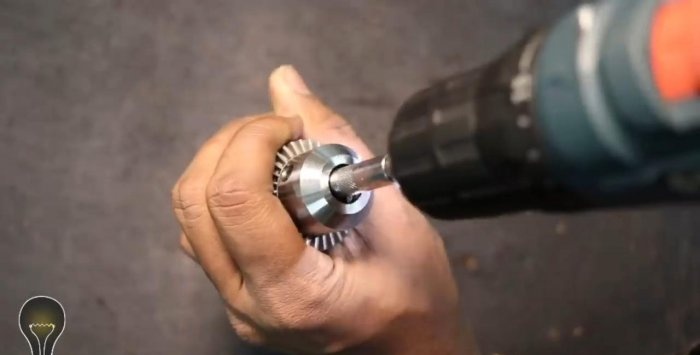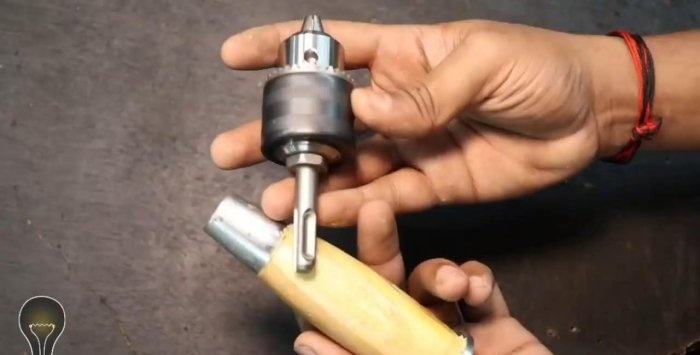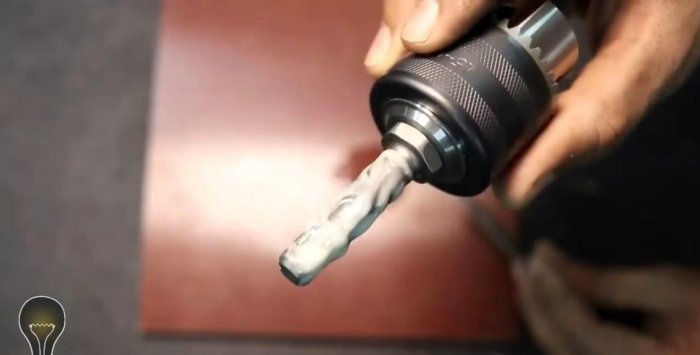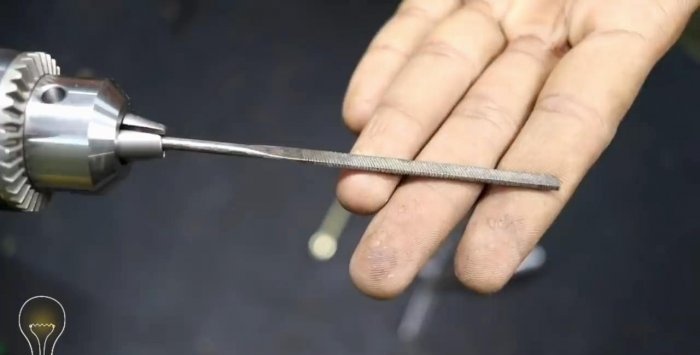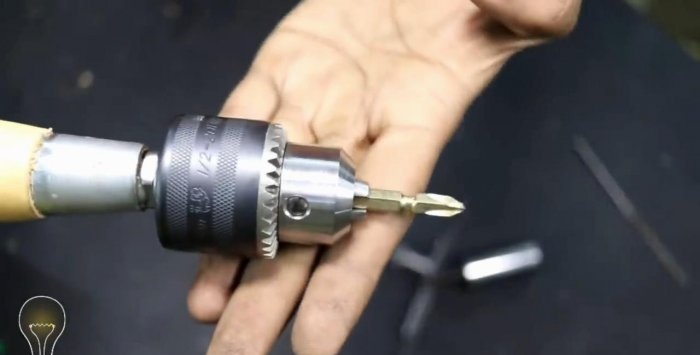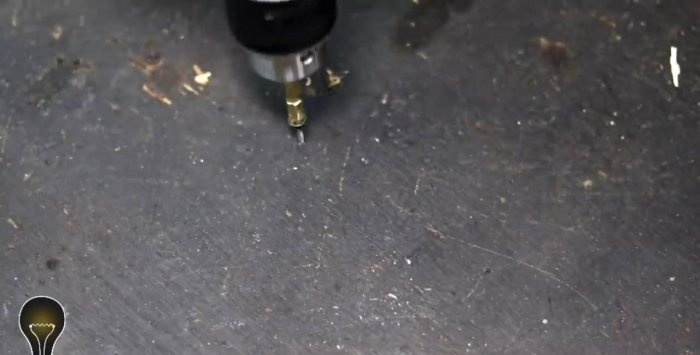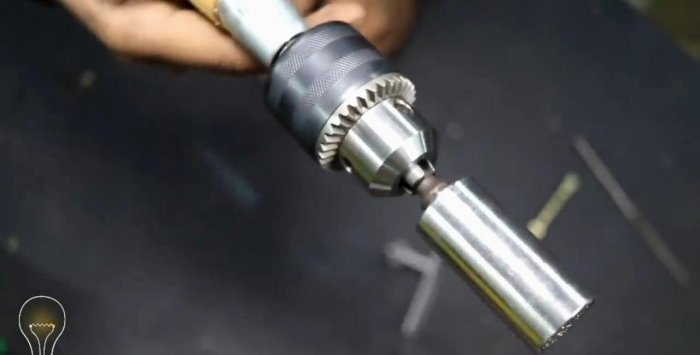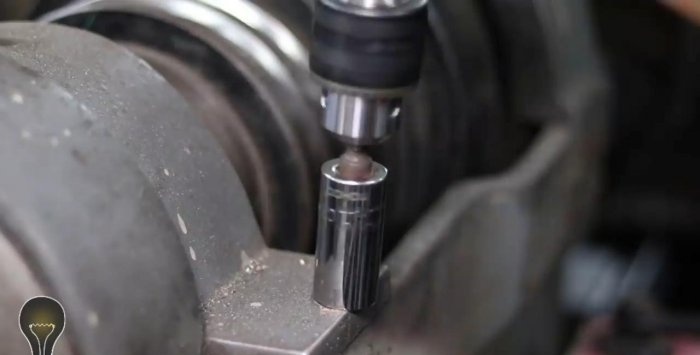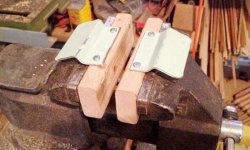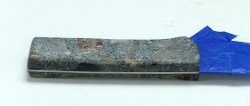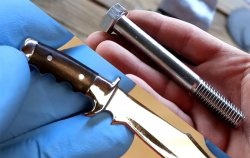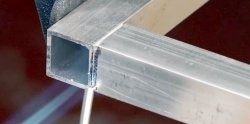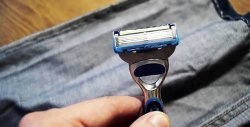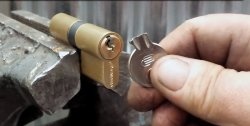Useful ideas for the home handyman
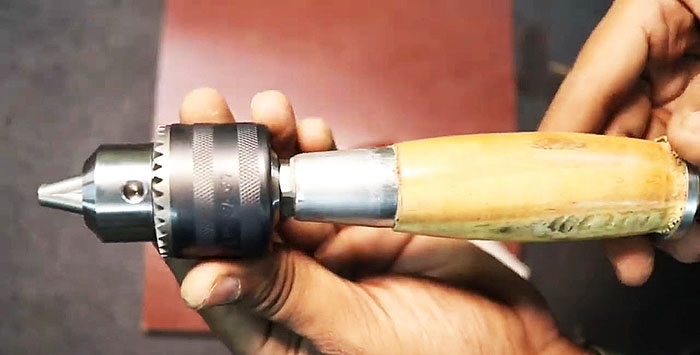
Sometimes in everyday life, a home craftsman has a temporary or even one-time need for one or another tool. In this case, it is not economically feasible to buy them. And after use, they can lie here and there, causing irritation and a desire to throw it in a landfill.
Below we will look at how to make some devices with your own hands from scrap materials, without having deep theoretical knowledge and versatile practical skills.
Delicate pads on the jaws of a bench vice
When clamping workpieces made of wood or other soft materials in a vice, there is always a risk of damage. To avoid defects, you need to make wooden overlays on the metal jaws.
To do this, cut out two bars approximately equal in size to the jaws of the vice. In the center of the wide side of the linings, we drill blind holes in depth and diameter corresponding to round neodymium tablet magnets.
Pour hot glue into the recesses, insert magnets and drive them tightly to the end using a wooden block and a hammer. We move the vice apart and apply the pads to the jaws with the side with the magnet.
Now we clamp parts made of any soft materials in a vice, without fear of spoiling them, and calmly process them: cutting, grinding, drilling, etc. When the need for the pads disappears, they can be easily removed, connected to each other and saved until next time.
Bolt screwdriver
In everyday life, it is convenient to use a screwdriver consisting of a handle, a rod and a set of attachments or bits. If you only have attachments at hand, then due to their small size it is impossible to use them: it is difficult to grasp with your fingers and, moreover, to create the necessary force.
In this case, a set of a bolt, a nut and two flat enlarged washers is suitable as a handle for the bits. To do this, you need to place two bits of the same size between the washers placed on the bolt and tighten them tightly with a nut on top.
There are two options for the location of the nozzles: parallel to each other and symmetrically relative to the bolt or along the diametrical line of the bolted connection. In both cases, the working parts of the bits are directed in opposite directions.
Door hinge tool handle
It's easy to turn a universal door hinge into a tool handle. To do this, you need to pull out the steel rod and replace it with an appropriately sized and longer bolt with a thread at the end.
We screw a wooden handle with an aluminum cap onto the threaded part of the bolt to prevent cracking when tightening. We insert screws into the outer holes of the plates and screw wing nuts on the opposite side.
By holding the necessary tool between the wings of the hinges (a hacksaw blade, a needle file, several layers of sandpaper, etc.), you can saw, cut ends, make recesses, grind, etc. with comfort and sufficient safety.d.
We clamp the sandpaper.
Handle holder for electrodes
After wear or breakage of the tool, plastic handles remain, from which you can make a convenient and reliable handle-holder for electrodes. We clamp it in a vice and drill a hole in the center of the front end until the drill exits into the hollow space.
We wrap the stranded wire of the power cable around the bolt, tighten it with a nut and push the assembly along the cavity inside the handle until it comes out of the drilled hole.
Screw onto the bolt and tighten the nut. Then we screw on the extended nut, having previously drilled a side hole in it.
Screw in a small bolt from the free end of the elongated hardware.
We insert the electrode into the side hole, tighten the bolt on the end of the extended nut and the homemade handle holder is ready for welding work.
Grinding tool
If you don’t have a grinder, a homemade grinding device can replace it. To do this, you need to cut two pairs of wooden blocks and process them on all sides with a grinder. Folding them in pairs, mark the centers of two holes on the upper bars along the edges and drill them through both bars.
A nail is driven into one of each pair of bars in the center so that it comes out on the other side by 15-20 mm. Then we tighten the bars in pairs with bolts, placing enlarged washers under the heads and nuts.
We cut the required length from the sandpaper strip and insert the ends between the bars, loosening the nuts on the bolts in advance, after which they should be tightened again.
Instead of a hacksaw blade, we place the assembled structure on the body of the metal saw using nails and stretch the sandpaper tape.
A homemade grinding device is ready to work with wood and metal.
Handle holder for electrodes based on a drill chuck
To do this, screw two nuts onto the bolt and, holding it perpendicular to the chuck, weld them to the back of the drill chuck. We unscrew the bolt, wrap it around the stranded wire of the power cable and tighten it with a nut.
We push the bolt with the attached wire through the hollow plastic handle with a hole pre-drilled in the front until the bolt passes through it and comes out.
We secure the bolt to the handle with a nut and screw two nuts welded to the drill chuck onto the end of the bolt. We insert the electrode into the cartridge and secure it by rotating the cartridge body. The homemade product is ready for welding.
Device for removing insulation from wires
A tool for this purpose – a stripper – may not always be available. But it’s not difficult to make it yourself from scrap materials. To do this, take two plastic tubes and wrap them tightly with tape in several layers.
We clamp the tubes in a vice and use a drill to drill holes at the junction of the tubes, for example, from left to right, successively increasing the diameter of the drills. Then we cut the tape and select one of the tubes for further processing.
We again clamp it in a vice and, using the appropriate drill, follow the marks left from the first drilling cycle to form a complete profile of the slots, which, as the diameter of the drill increases, will be longer, wider and deeper.
We insert a replacement blade of a carpet knife of suitable length and height into the tube from the end with the blade facing the slots and the homemade stripper is ready for work.
To use it, it is enough, depending on the diameter of the wire, to select the appropriate recess on the tube and, lightly pressing the wire from above with your finger, twist it one turn and pull it towards you. You will have a wire with a bare core in your hand, and part of the insulation on the stripper.
Tool holder
For this version of a universal handle holder, we will need a drill chuck and an extension (adapter) with a nut and thread at the end, which is screwed into the chuck body.
To improve the operational capabilities of the device, turn the cartridge out to the limit and place a screw with a round conical head inside on the working side and screw it in with a drill.
Then we take a finished wooden handle with metal reinforcement at the ends. We try on the cartridge extension and, to increase reliability, place it on two-component glue in the hole of the handle.

After some time for the glue to harden, the pen is ready for use. Holding the chuck and turning the handle to the right, we secure the tool, and to the left, we release it. This could be a file, a bit, a key, etc.
Universal wrench.
Watch the video
Similar master classes
Particularly interesting
Comments (6)

